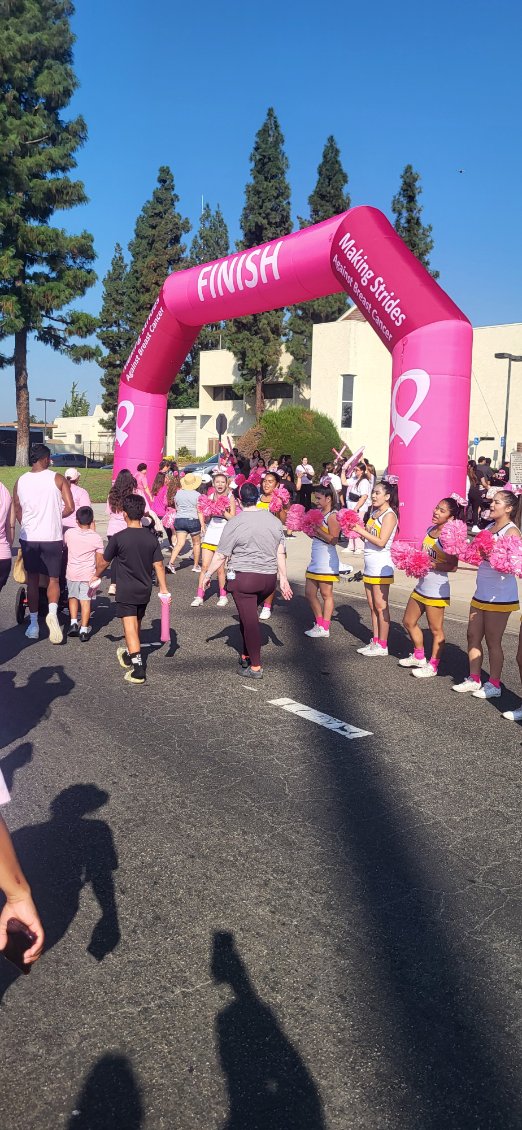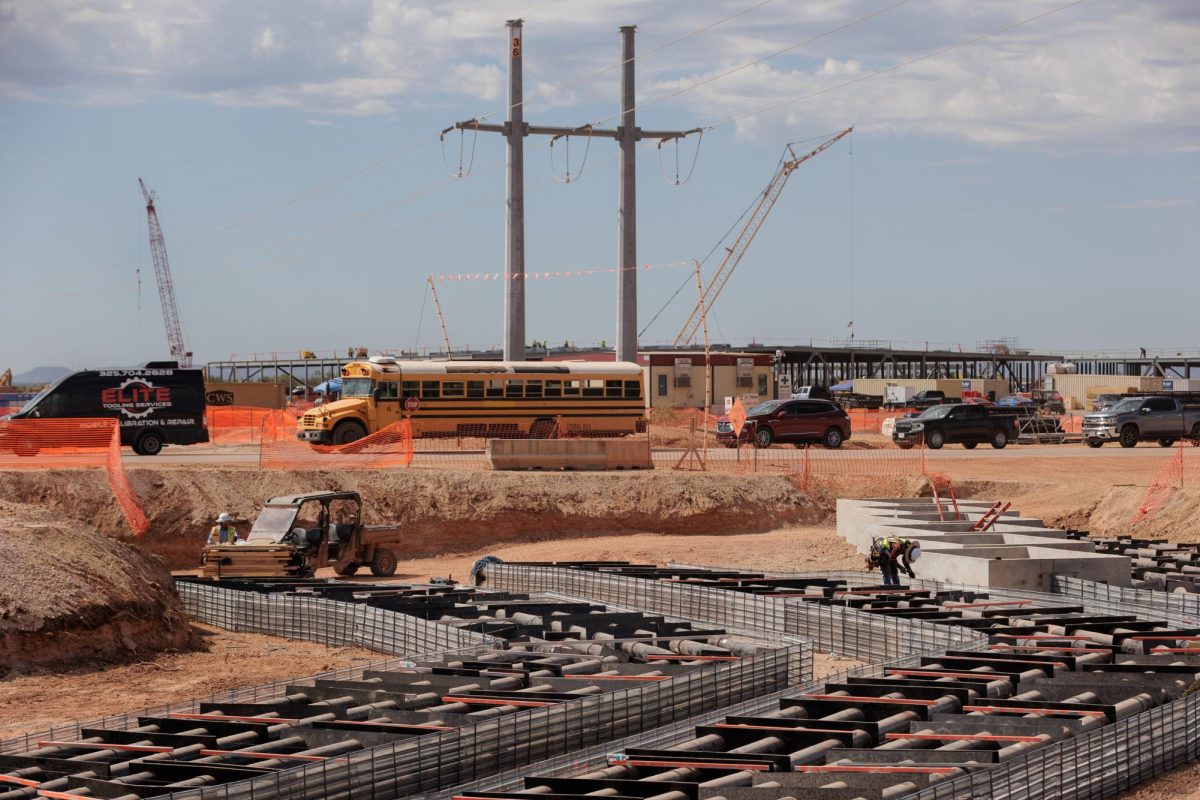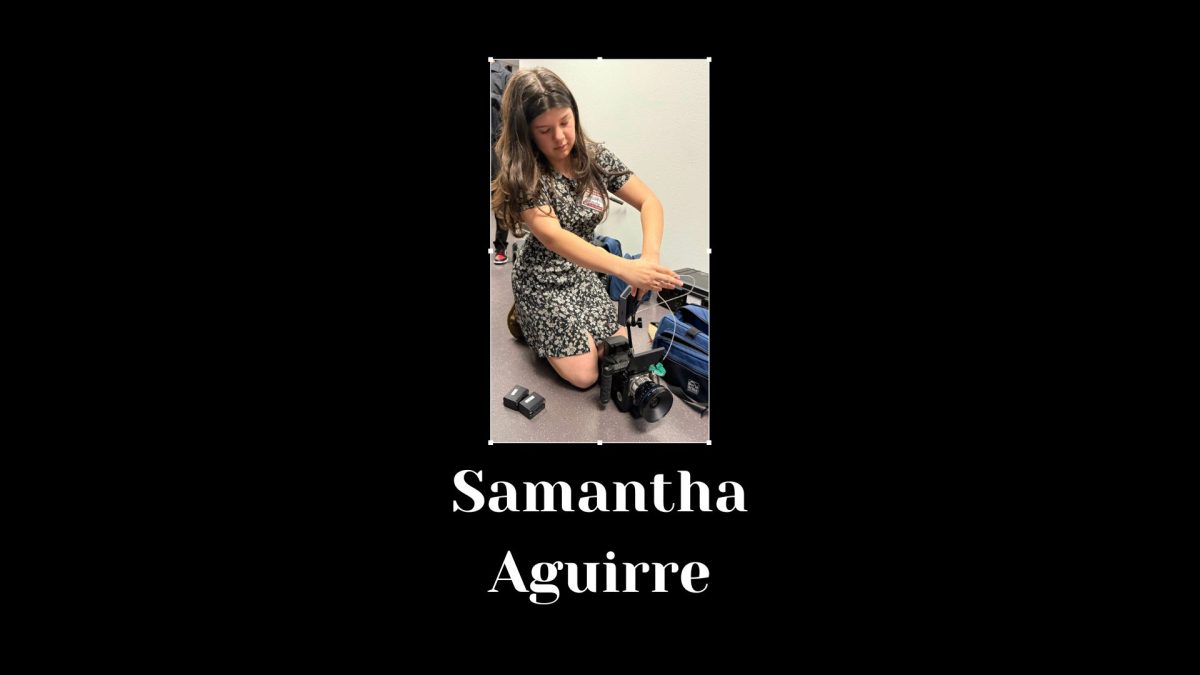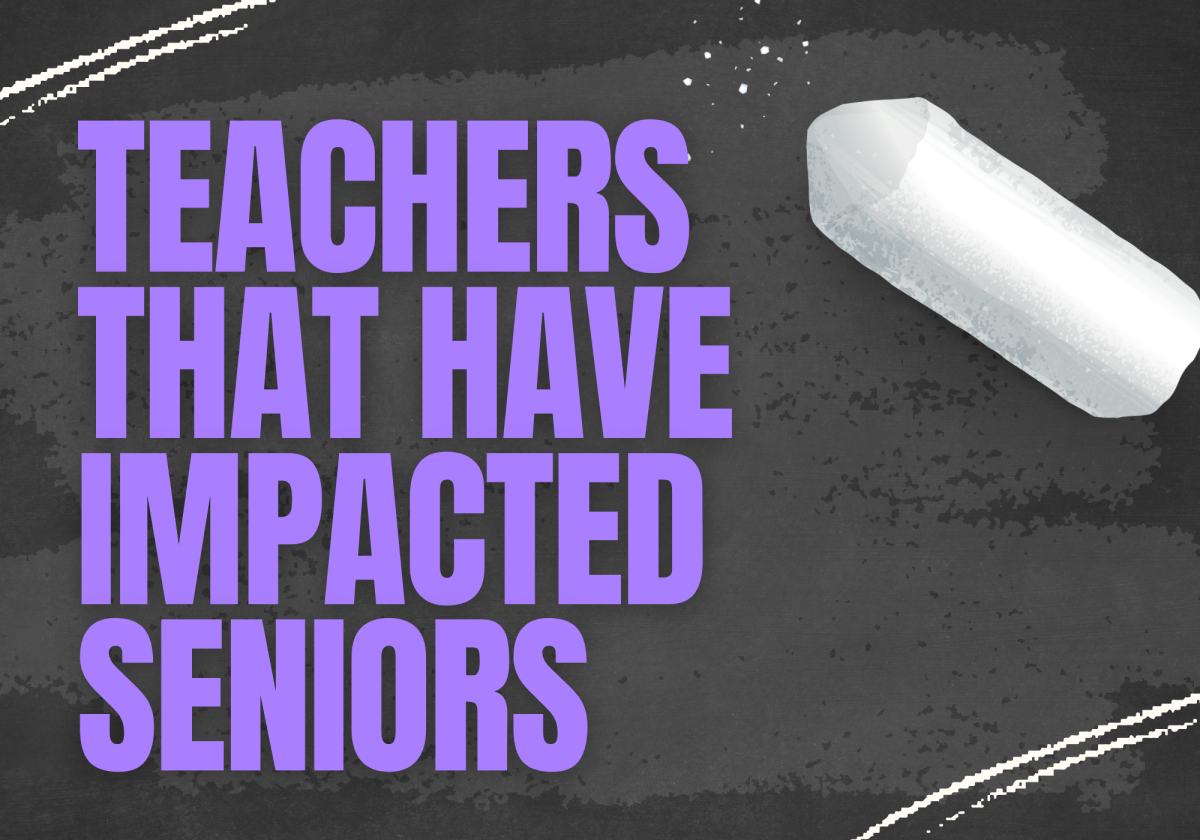Pink power: an in-depth look at Breast Cancer Awareness Month


According to the American Cancer Society, Breast Cancer is a genetic disease that starts in the breast, where its cells start to grow rapidly and in an uncontrollable manner, eventually forming into a lump or a tumor.
This cancer is marked by TNM (an abbreviation for Tumor, Lymph Node and Metastasis) stages from 0-4, depending on the size of the tumor, the location of it and if it has spread. The higher the breast cancer stage the more invasive it becomes. In this year alone, The National Breast Cancer Foundation stated that there will be an estimated 310,720 women and 2,800 men diagnosed with invasive breast cancer.
Multiple types of breast cancer can even be invasive meaning that cancerous cells have spread to other parts of the body, or are non–invasive meaning the cancer cells are concentrated in one area.
According to Breast Cancer.org, different types of breast cancers are decided by their origin, how much their cells have spread, and the features that influence them. One example of a common type of breast cancer is invasive ductal carcinoma (IDC). John Hopkins Medicine says that IDC accounts for 80% of all breast cancer diagnoses.
Both men and women are affected by this cancer, but women are more prone to having it. Brigham and Women’s Hospital says that even though men can get breast cancer, it is about 100 times more common in women. The National Breast Cancer Foundation also claims that around one in eight women in the United States are found to be diagnosed with breast cancer in their lifetime. Depending on a person’s overall health, age, hereditary background, and exposure to cancer previously, might make them more susceptible towards it.
Despite this, many people have shown success rates in overcoming this cancer. The Mayo Clinic states that different exams such as MRI’s, ultrasounds, mammograms, and other testing methods can be used to determine specific treatment needed to treat the cancer.
The patient can ultimately choose what type of treatment aligns with their preferences as well. The common approaches to treating breast cancer include surgery, chemotherapy, radiotherapy, or holistic approaches.
Specialized doctors such as radiation oncologists, medical oncologists, or surgical oncologists all help to perform the treatment tasks, find options, and track the progress for patients in the cancer field.
NaKisha Crawford-Hall, Rancho Cucamonga resident, wife, and mother of two was diagnosed with breast cancer twice in her life, first at age 27, then again at age 39. Breast cancer was passed down through her mother’s side of her family but also was prominent in her father’s side. She is now a survivor of breast cancer at age 49 and has shared her experience of when she discovered it and how it affected her life.
“I first found out I had breast cancer a week before my wedding at 27, but at the time I had a lot going for me, so I decided that I wouldn’t let it impact me,” Crawford-Hall said. “When I found out [I had breast cancer] when I was younger, I felt special knowing that I was confident in surviving as a young woman and I was glad that it was me who was affected, rather than my family members. I did not take the natural route, I had chemotherapy, radiation, and a mastectomy for the first time around.”
The second time Crawford-Hall realized she had cancer, it affected her differently, having continuous love and support from others.
“The second time I had [breast cancer] it was interesting because I had kids, and I did not have kids previously,” Crawford-Hall said. “I wasn’t sure going into it the second time how it was going to impact me because I now really had something I was fighting for.”
Crawford-Hall said she was lucky the second time around because she had people who helped take care of her.
“I was lucky because I had a husband who took care of me so I could take time and focus on myself, but I wanted my kids to see me strong and to be aware of what breast cancer was because it could be a valuable lesson for them. I also had a positive support group from my sorority sisters, family, and friends. The second time I had reconstruction surgery,” Crawford-Hall said.

The Breast Cancer Awareness Month ribbon is often the most recognized among other cancer ribbons, displayed with a vibrant pink color. According to Cedar Sinai, cancer ribbons were popularized by efforts from a woman named Charlotte Haley, who made peach-colored ribbons recognizing the shortage of financial support for cancer prevention research.
This idea of the ribbons was published by SELF magazines where they shared the idea of her peach-colored ribbon, and requested the rights of the ribbon. After Haley disagreed with SELF magazine on commercializing the ribbon, they ended up changing the color to hot pink color as we now know it today.
The National Breast Cancer Foundation stated that many organizations have created and trademarked their own ribbons in honor of Breast Cancer Awareness Month. Examples of these are from The American Cancer Society, Susan G. Komen, and The Breast Cancer Research Foundation.

Many organizations host fundraising events to honor Breast Cancer Awareness Month as well. In these events, participants may go to races, tournaments, or informational meetings to show consideration and support for those affected by the cancer.
Gillian Ball, a Chino Hills resident and mother of one, took the holistic approach when battling breast cancer. Since July 2019 she has been cancer-free and goes to events to show support for people who have been diagnosed like her, and to raise awareness and money for them.
“There are lots of people who want to honor loved ones who passed from breast cancer and lots of people who are going through it,” Ball said. “They need the support and the funding that comes from a lot of programs that recognize Breast Cancer Awareness Month.”
Ball commented on the importance of recognizing October as Breast Cancer Awareness Month because it helps provide critical funding to help bring awareness to fighting cancer.
“This month I’ve done a breast cancer walk to raise money for my job that’s in the medical field, as well as for myself and those affected by breast cancer at the moment,” Ball said.
Survival from breast cancer has risen in recent years due to technological advancements in the medical field, and it is important to continue to support all the people affected by breast cancer in the past or the present.










Lauryn Hall • Oct 15, 2024 at 4:48 pm
This is an important subject to touch. Glad you executed it perfectly!!
LaTasha • Oct 15, 2024 at 2:41 pm
This is a beautiful article, well written and informative. In honor of breast cancer awareness, I get my annual mammogram done in October. Thank you Lyden for sharing this piece.
LaTasha S.
Dajonna Veasley • Oct 15, 2024 at 2:25 pm
I absolutely love this positive and motivating story.